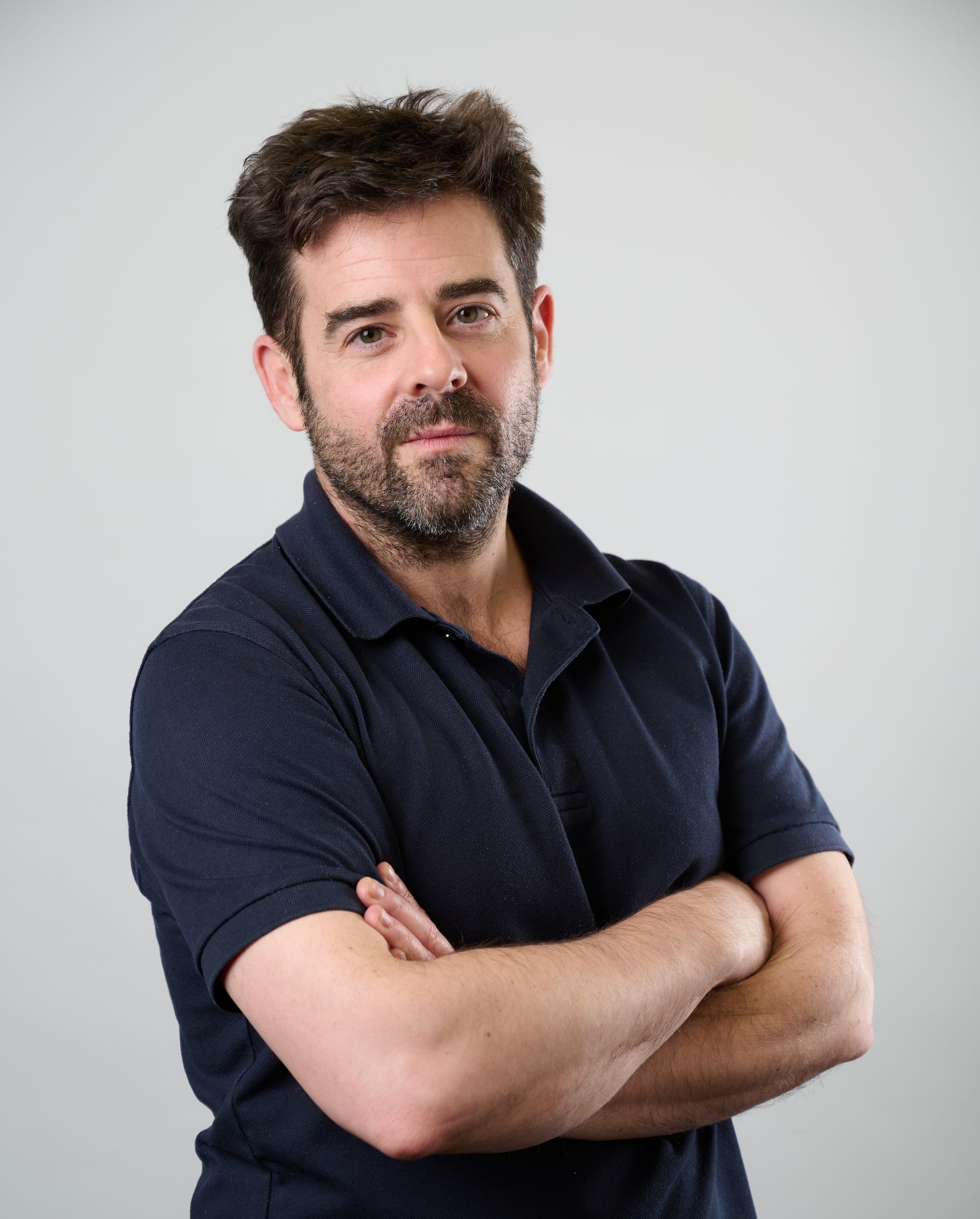New highs on Wall Street, but less froth in the Nasdaq
While America's benchmark S&P 500 index has hit 40 new highs this year, the Nasdaq still has far to run.

The bulls have been out in force on Wall Street this year. The S&P has hit almost 40 new record highs in 2014; the Dow Jones index has notched up more than 20. But we don't hear much about the Nasdaq Composite, the main gauge of the technology-dominated Nasdaq stock exchange.
At the peak of the dotcom bubble, on 10 March 2000, the Nasdaq reached 5,049 an all-time high. But then the bubble burst, wiping 80% off the index, and enthusiasm vanished. Yet now, having climbed by a fifth in the past year, it is less than 10% from its record.
In a few months, it will probably have eclipsed it, a milestone many money managers and analysts thought they'd never see.
MoneyWeek
Subscribe to MoneyWeek today and get your first six magazine issues absolutely FREE

Sign up to Money Morning
Don't miss the latest investment and personal finances news, market analysis, plus money-saving tips with our free twice-daily newsletter
Don't miss the latest investment and personal finances news, market analysis, plus money-saving tips with our free twice-daily newsletter
Today's Nasdaq is "a far cry" from the "bloated dotcom" symbol it was then, notes Alexander Eule in Barron's. For one thing, it's down to 2,565 components, around half its dotcom size.
Acquisitions, scandals and bankruptcies (many of which featured in MoneyWeek's dotcom disaster of the week' column back then) account for the shrinkage.
It has also diversified. Tech still comprises half the index, but consumer discretionary and healthcare stocks now account for 17% and 16% of the market respectively.
Revived dotcom darlings such as Amazon, new stars such as Facebook, and established giants such as Intel and Cisco all feature. "Tech is now an animal it has never been before," says Jim Paulsen of Wells Capital Management.

Another difference between the 2000 edition of the Nasdaq and today's is that technology analysts, who helped inflate the original bubble by overhyping rubbish, have reformed, says Brian Belski of BMO Capital Markets. They're now "among the most cautious analysts on the Street", he reckons.
Last but not least, valuations are now far more reasonable, despite the occasional speck of froth. In 2000, the index reached a price-to-sales ratio of almost 6; now it's 2.2. The price/earnings (p/e) ratio is 23, compared to 175.
You even get a small dividend yield now: 1.5%. At the turn of the century, the payout was 0.3%, noted Eule. So don't expect another slump once we hit the old record. "The Nasdaq has matured."
Get the latest financial news, insights and expert analysis from our award-winning MoneyWeek team, to help you understand what really matters when it comes to your finances.

-
 Why pension transfers are so tricky
Why pension transfers are so trickyInvestors could lose out when they do a pension transfer, as the process is fraught with risk and requires advice, says David Prosser
-
 The political economy of Clarkson’s Farm
The political economy of Clarkson’s FarmOpinion Clarkson’s Farm is an amusing TV show that proves to be an insightful portrayal of political and economic life, says Stuart Watkins